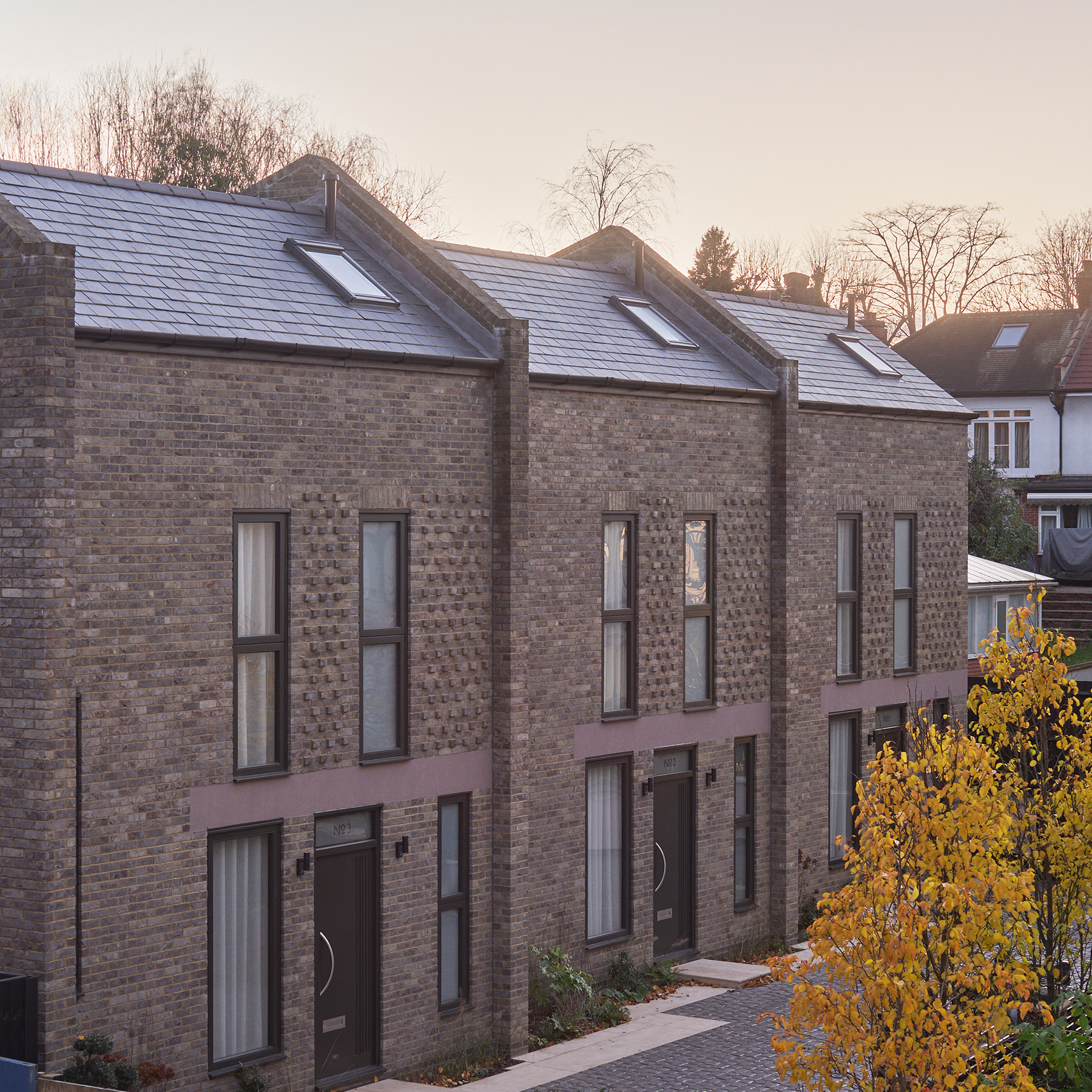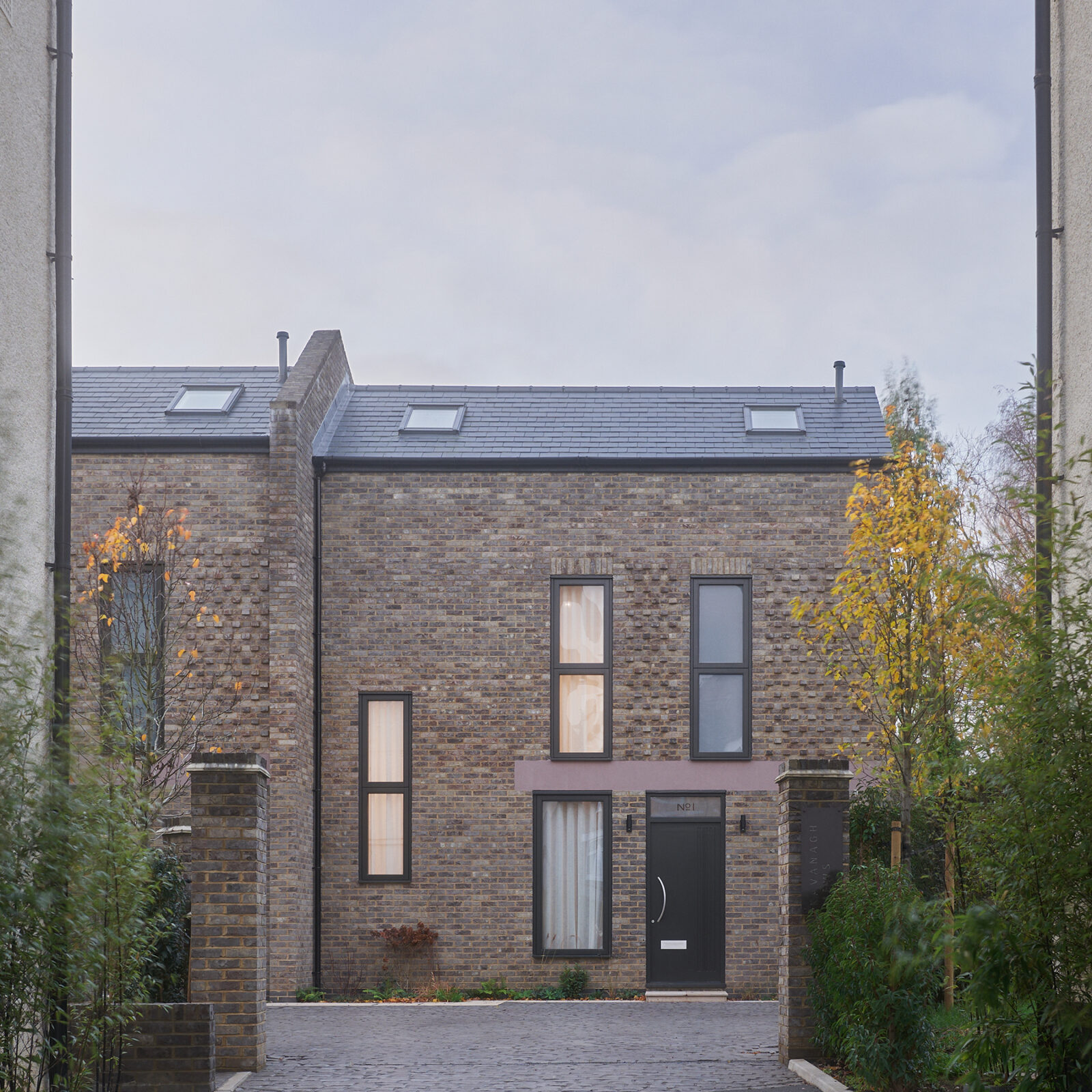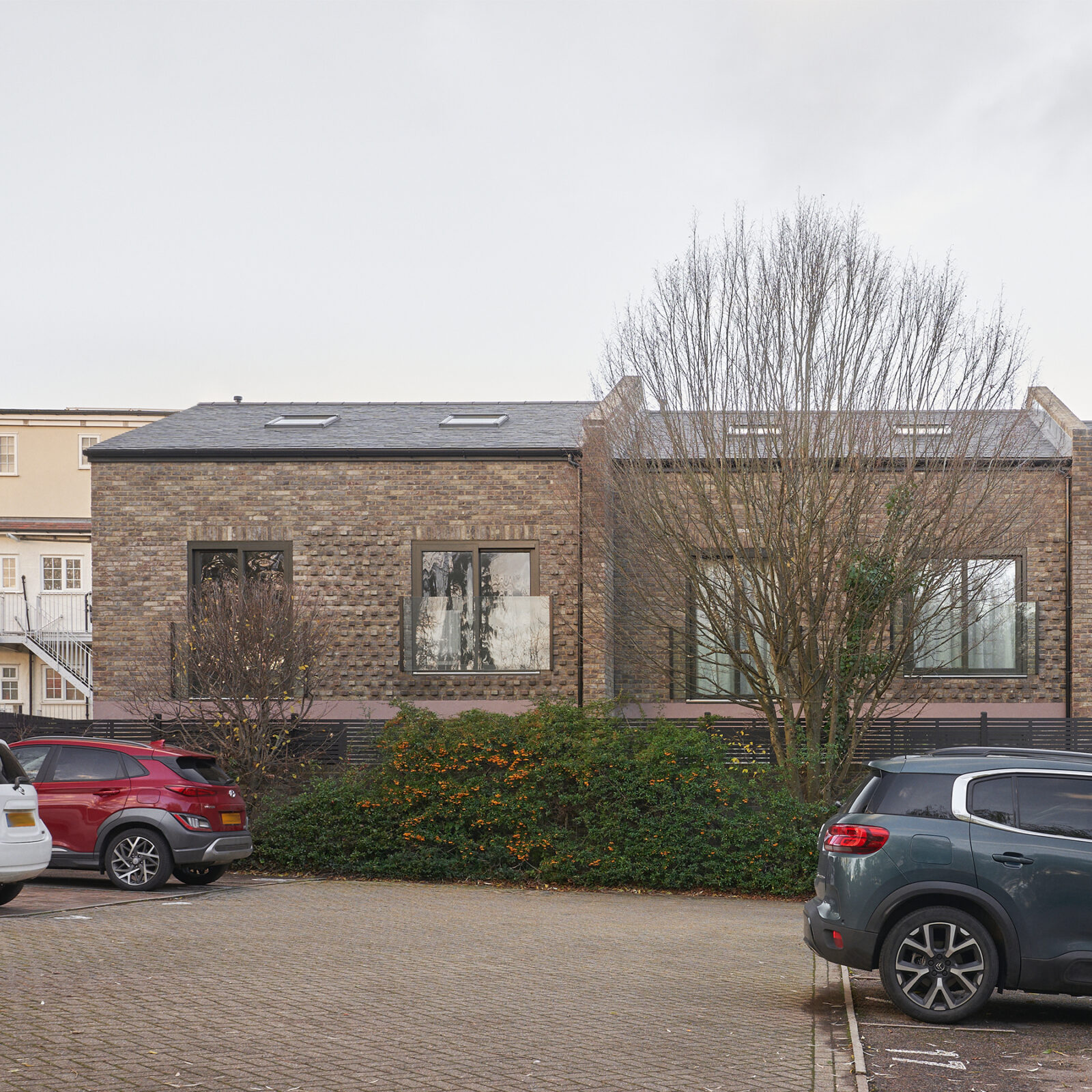Reflections; In Praise of Small things in Big Cities
“Architecture is a political act, by nature. It has to do with the relationships between people and how they decide to change their conditions of living.” — Lebbeus Woods
Is it time to think small in our big cities?
City making is often regarded as the product but it’s also in the inventive small stuff that architecture can bring true placemaking.
Images of big urban master-planning projects have become all too familiar in the architectural media. The ‘accountancy value’ of the schemes – the number of units, the size and the cost of them makes the headlines and dazzling us rather than what wonderful and joyful spaces they will be to live in. Often combined with a colourful masterplan illustrated with invariably sunny CGI images, the narrative of the new city takes hold. One must be forgiven for sensing familiarity in the architectural patterns of illustration between masterplans for cities despite them being far from similar in history, location or character.
We are experiencing a significant shift in how we live in our cities. How our cities work to combat the realities of the climate challenges we are living with and there is no mistaking that we have a housing crisis. This is big stuff and for many, big is also the way forward. Solving the problem of our urban environments. But just being big is not the only answer, indeed the sheer size of development in so few hands may inhibit the kind of creative diversity that characterises exciting, vibrant and lovable cities.
“the human invention par excellence”
The French sociologist Claude Levi Strauss called the city ‘the human invention par excellence’. For me, the city is first and foremost a place of immense invention. One only has to visit a few cities to experience the diversity of character that makes a great city – each different yet with many common features. We understand the city best as a combination of the ‘macro-scale’, structures, streets and squares that when combined with the ‘micro-scale’ dissonances, the oddities, and the ‘turn round the corner ‘surprises make us feel the uniqueness, the invention of place.
Change is an inevitable and integral part of our urban environments, and it requires the city to constantly reinvent itself. Continuously begging the question “What kind of city do we want to live in today”. I think the answer very much depends on what we consider as having value. Large-scale masterplanning can promise to deliver high numbers of housing units but it can also simply be a big soulless diagram. Never achieving the ambitions it sets out in its grand shiny visuals. Something is missing when we lose that micro-scale invention. That is why we should also be very interested in the small.
Interest in the small – Celebrating questioning
I’ve often thought of the city as a kind of porous sponge – it has a well-defined form but if you look closer it is made up of lots and lots of little holes. Leftover spaces forgotten, difficult, undiscovered. These single-story oddities – gap sites assessed by a valuer as not having much value.
Ironically it is often the City Councils or Public Utilities that own many of these sites. It is time we embrace these off-the-beaten-track, backland sites and see them as not only contributing to the increasing housing demand but also as an opportunity to be creative, and inventive. Offering opportunities to smaller adventurous practices.
There are of course difficulties in developing such sites, the economics, the planning concerns. Awkwardly shaped, tightly connected and require some clever thinking to release potential. But they are usually firmly embedded within our existing communities and well connected to the city. Thinking small is not going to be the sole answer to the housing crisis. But it might very well be part of reinvigorating the place. Bringing uniquely interesting design ideas to the inventive city from architectural practices that miss out on the very big. Acting on a smaller scale can make a big difference.


